The AC Ace Bristol, and its its siblings in the AC Ace family, are perhaps the most misidentified classic cars in the world. This is because a version of this car would be fitted with a V8 by Carroll Shelby and become the Shelby Cobra – one of the most popular bedroom wall poster cars in history.
When it was released in 1956, the AC Ace Bristol with its BMW-derived 2.0 liter engine was the fastest version of the Ace built up until that time. This would be the model that resoundingly won its class at Le Mans in 1959, coming in seventh overall behind six 3.0 liter cars.
Fast Facts – The AC Ace Bristol
- The post-WWII European landscape for sports cars was fast evolving. The automakers who had previously been busy with the war effort could now turn the effort of their workforce back to building quick motorcars, and they wasted no time doing so.
- AC Cars, based in Thames Ditton, England, knew they needed an all-new car to compete in this market, so they used a new tubular steel chassis designed by John Tojeiro mated to a lightweight alloy roadster body.
- The first engine used was the by then antiquated AC 2.0 liter unit making 100 bhp, this was replaced by the more advanced BMW-derived 2.0 liter engine from Bristol in 1956.
- 463 Bristol-engined cars would be built in total, making them far rarer than their Shelby Cobra siblings.
The AC Ace
The AC Ace was unveiled to the world at the 1953 London Motor Show, it proved an instant hit thanks to its beautiful alloy bodywork, tubular steel chassis, and independent front and rear suspension – an advanced feature for the time.
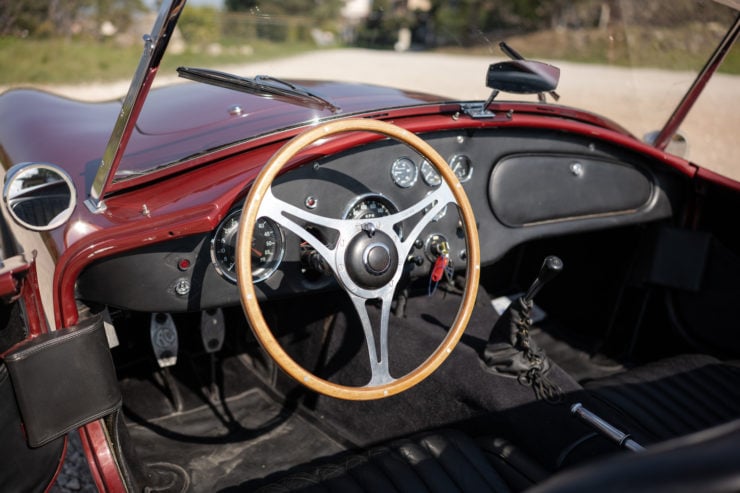
Understandably the interior of the car is almost indistinguishable from the Shelby Cobra that appeared a few years later.
Power was provided by the venerable AC straight-six 2.0 liter, an engine that had been in continuous development since 1919. It was capable of 100 bhp which was enough to get the Ace up over the 100 mph mark, but it was clear that a more modern, more powerful engine would be needed at some point.
As a relatively small automaker, AC Cars didn’t have the required budget to develop a new engine from scratch. Instead they managed to work out a deal with Bristol Cars to use their 2.0 liter straight-six coupled with their 4-speed gearbox.
This engine wasn’t actually a Bristol design, its origins lie in pre-WWII germany where it was developed by engineers at BMW for the BMW 328 sports car – a successful race car in its own right. Bristol got access to the design and tooling as war reparations and used it extensively in their vehicles until they turned to American V8s in the 1960s.
The AC Ace would be built in three major versions between 1953 and 1963. After this time it would become the foundation of the wildly popular Shelby Cobra which was built between 1962 and 1967.
Above Video: This short film from leBolide gives a good look over this car in a way that still photographs sometimes can’t.
Interestingly the AC Cars company is now in operation in Germany, and it’s now possible to buy a brand new electric version of the AC Ace.
The AC Ace Bristol
For AC Cars the new Bristol straight-six was a revelation, fitted with three downdraught carburettors it was producing 120 bhp in street trim, with 150 bhp or more available in racing trim.
The engine was relatively lightweight, it was reliable, and it transformed the Ace into one of the best British roadsters of the day.
The John Tojeiro-designed tubular steel chassis was fitted with independent front and rear suspension, just like the earlier AC-engined Ace, and power was fed to the rear differential through the slick Bristol 4-speed box.
In 1957, one year after the introduction of the Ace Bristol, the model was entered into the 24 Hours of Le Mans – one of the toughest endurance races on earth. The car made good, coming second in class and 10th overall with British drivers Ken Rudd and Peter Bolton behind the wheel.
in 1958 the Ace again came in second in class behind the dominant Porsche 718 RSK. 1959 would be the year that the AC Ace Bristol won its class, coming in seventh overall behind six much faster 3.0 liter cars.
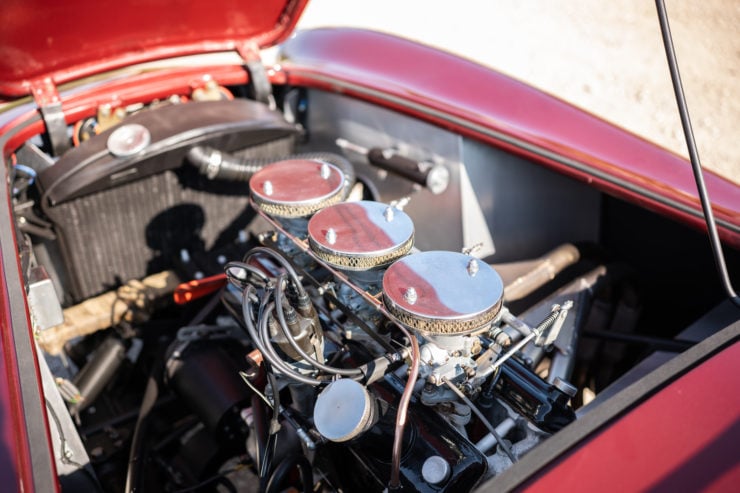
The 2.0 liter straight-six Bristol engine was closely based on a pre-WWII design from the BMW 328. In full racing trim they can produce 150 bhp, the production cars were making 120 bhp.
Interestingly 1959 was also the year that Carroll Shelby won at Le Mans, alongside British co-driver Roy Salvadori, driving the Aston Martin DBR1. Shelby would have seen the Ace Bristol at this race, and this is where the kernel of the idea that became the Shelby Cobra likely originated.
The AC Ace Bristol Shown Here
The car you see here was delivered new in left-hand drive configuration in New York, it was registered for the road for the first time on the 16th of June 1960.
The early life of the car is a bit of a mystery, it is known that it was fitted with a V8 engine in the 1980s, almost certainly to pass as a Cobra, however the owner had the presence of mind to keep the original Bristol engine with the car.
As a result, the car was later restored back to original condition in the 1990s, with the correct numbers-matching engine under the hood.
It’s currently being auctioned live online with leBolide, and you can click here if you’d like to visit the listing to read more or register to bid.
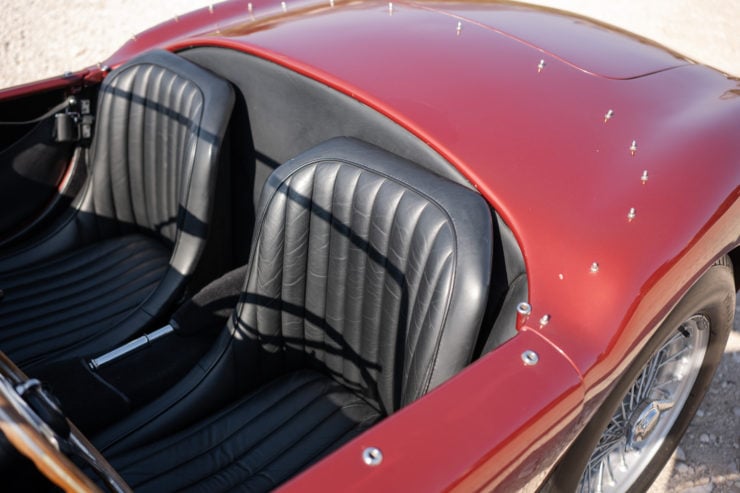
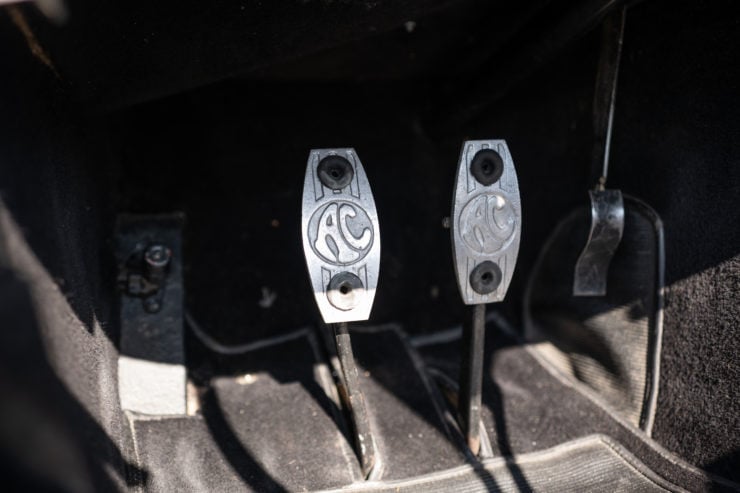

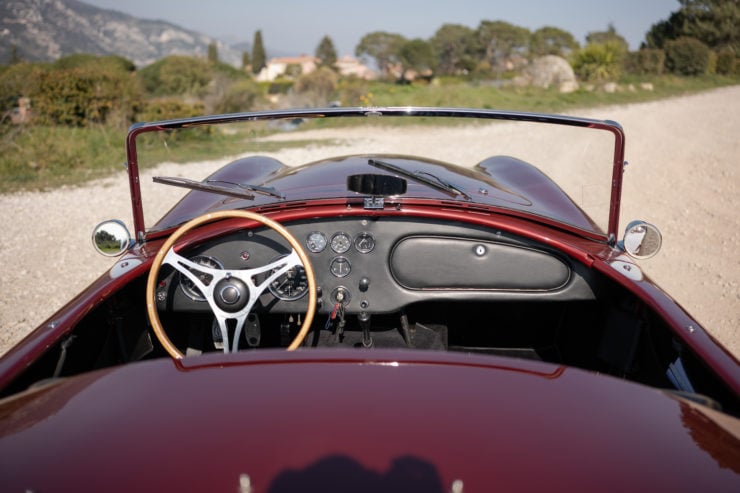
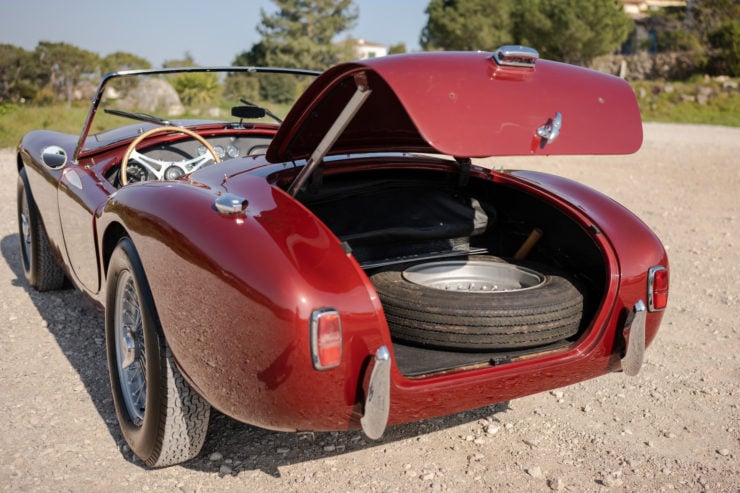
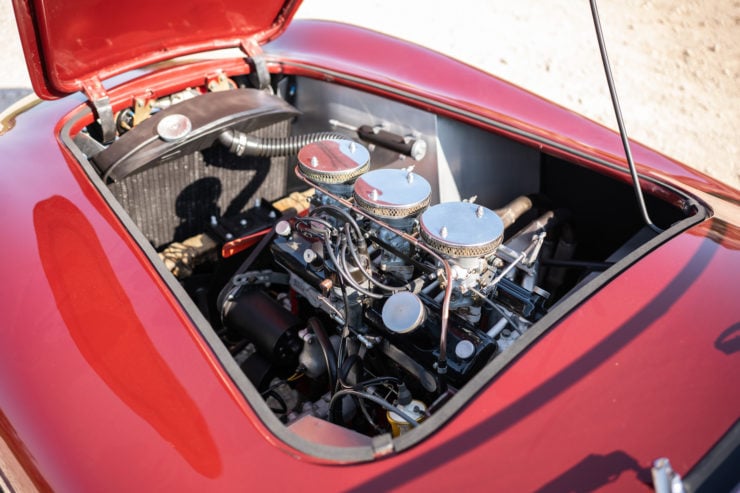
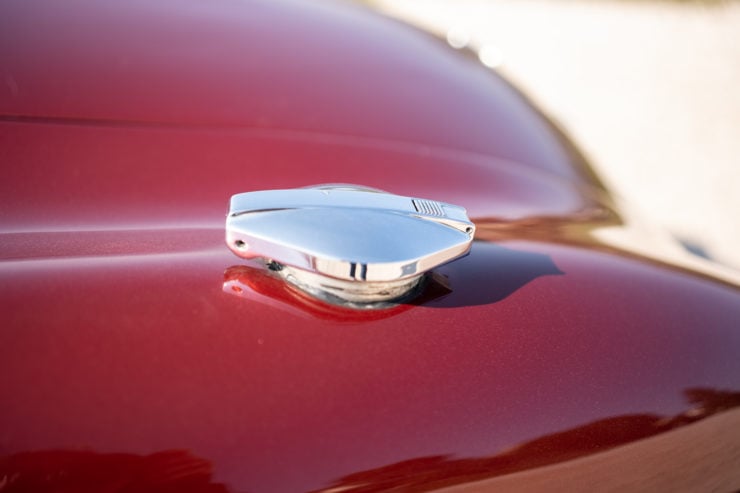
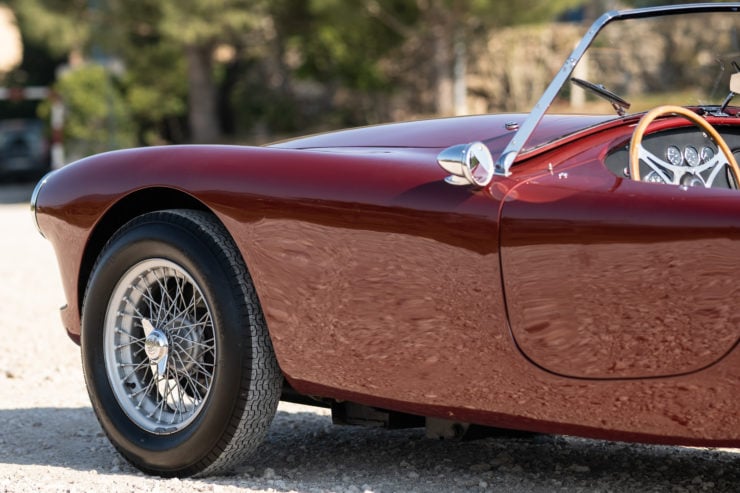
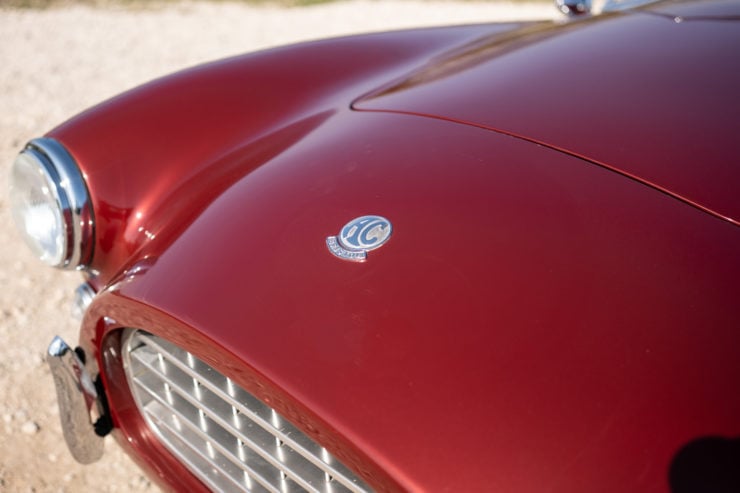
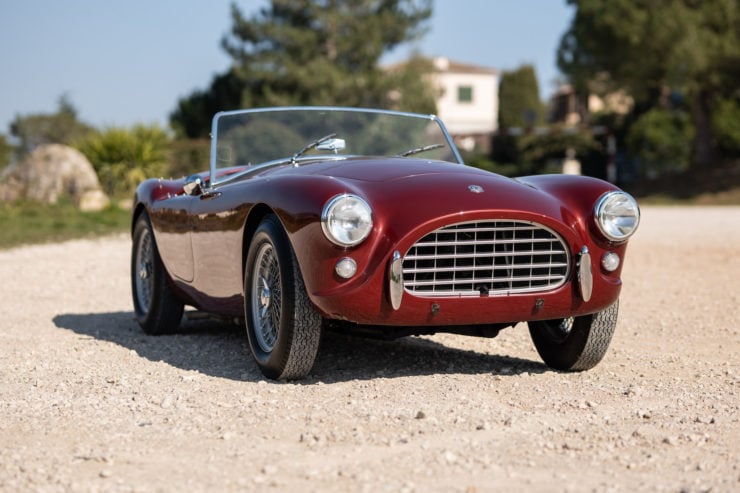
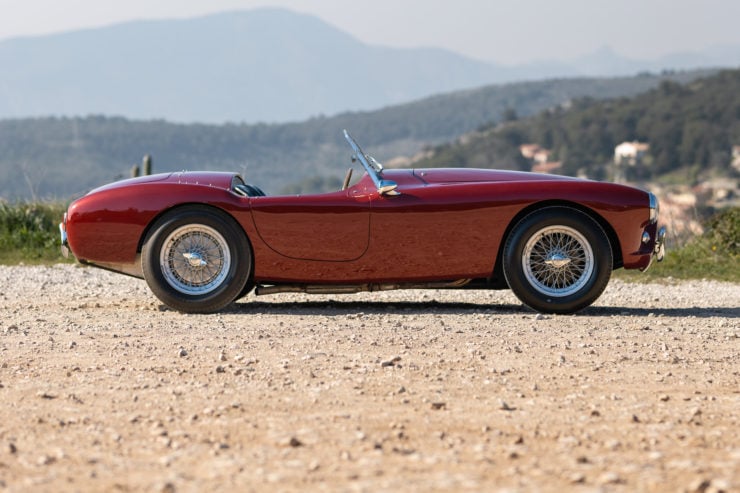
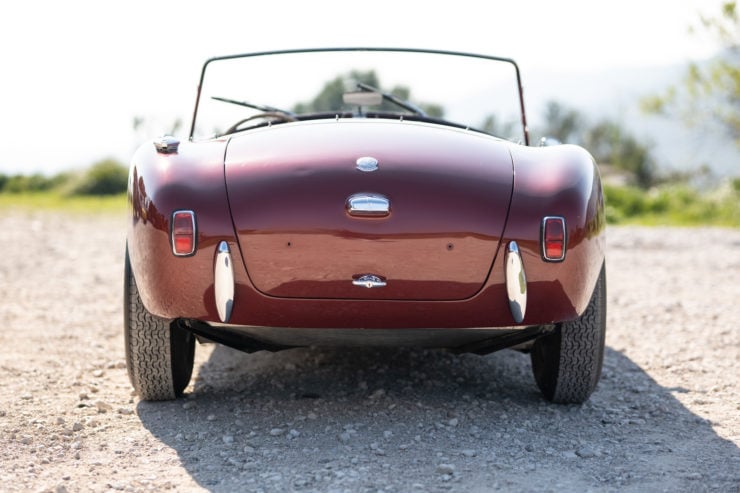
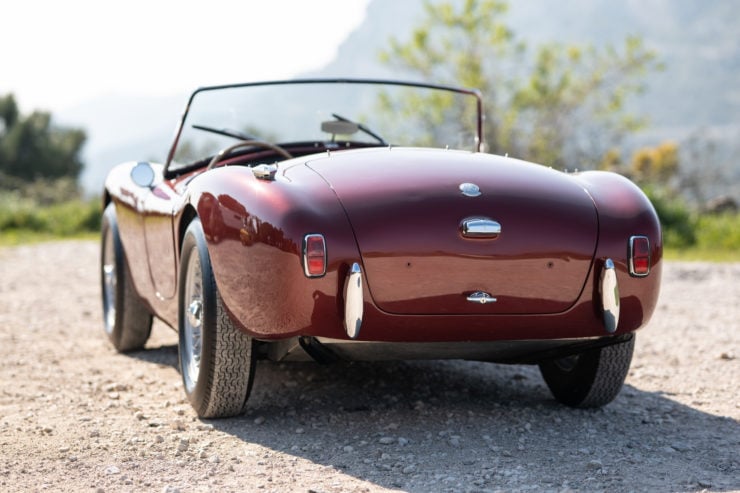
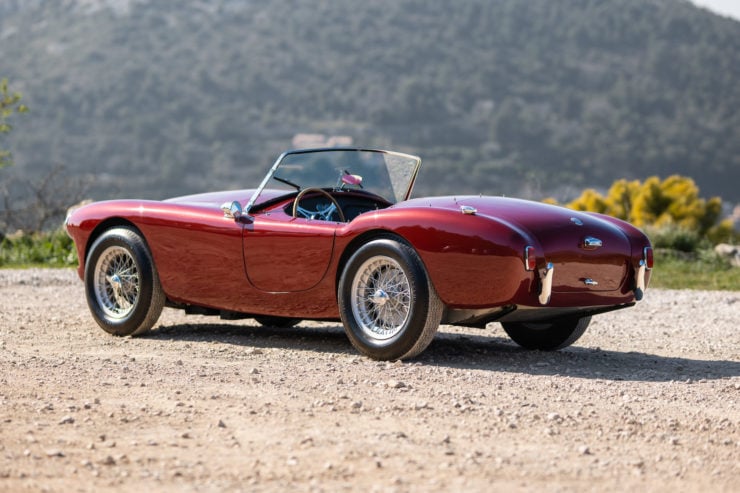

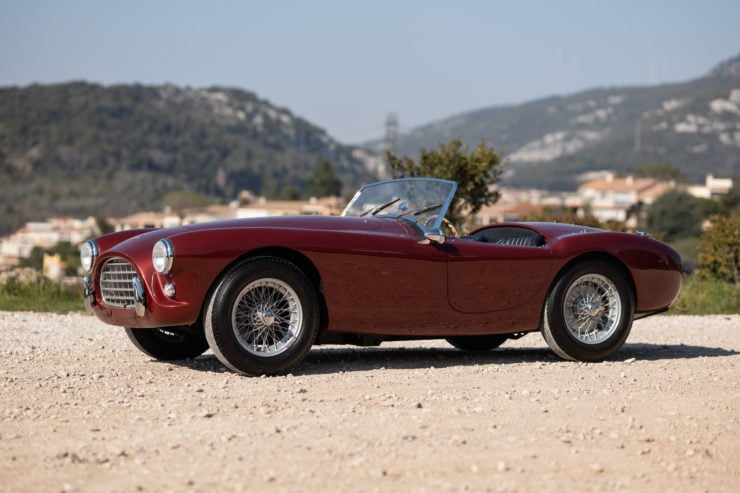
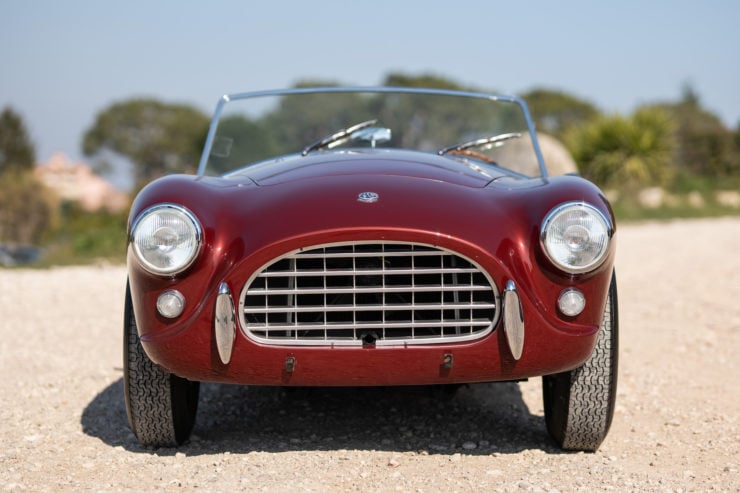
Images courtesy of leBolide
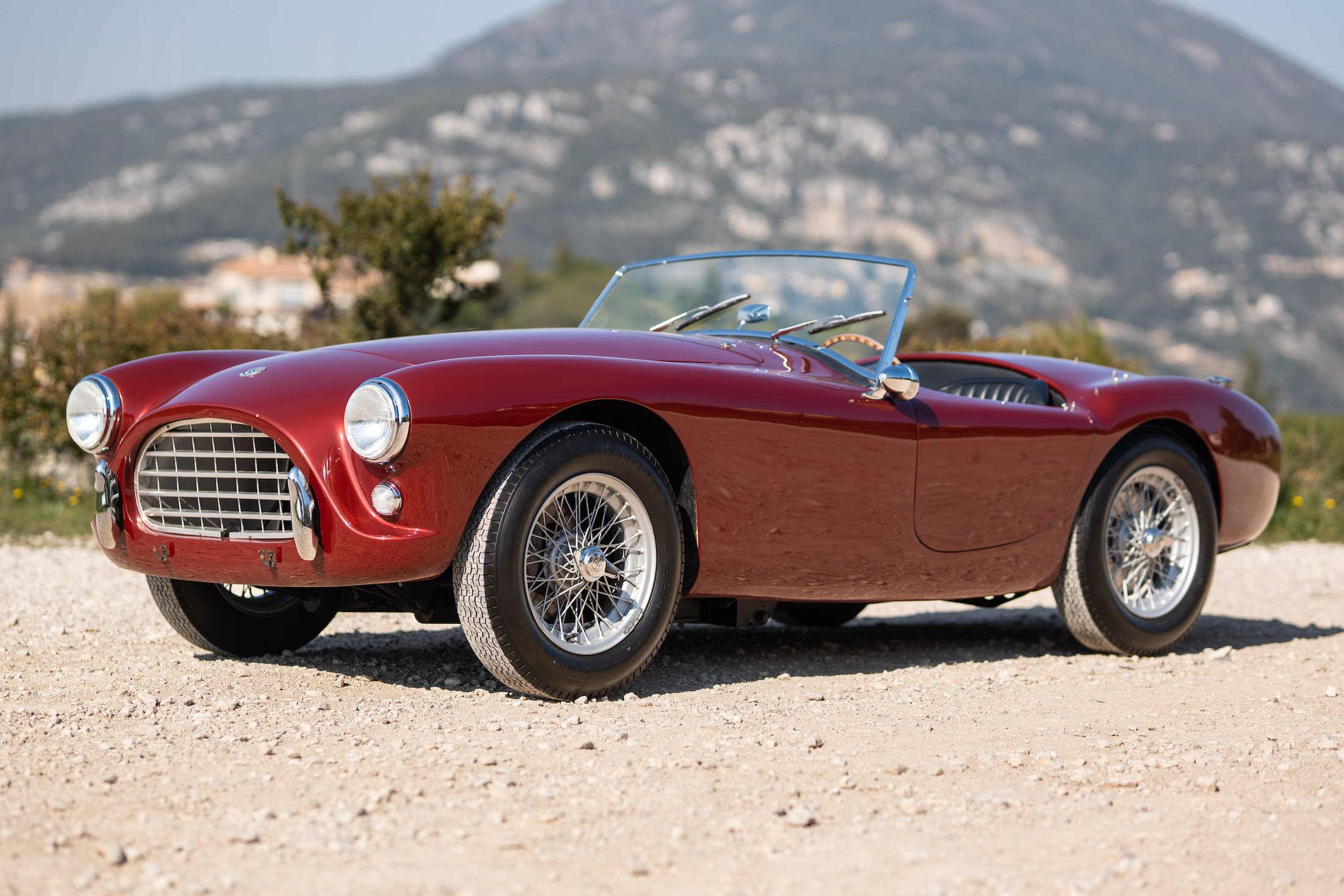
The post The AC Ace Bristol: Probably The Most Misidentified Classic Car In The World appeared first on Silodrome.
from Silodrome https://silodrome.com/ac-ace-bristol-car/
via gqrds